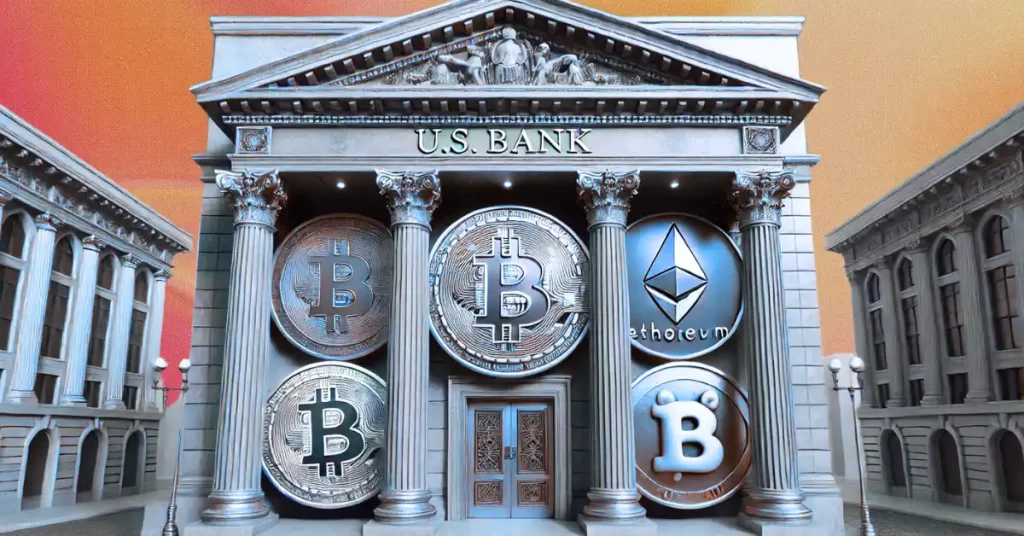
The post Coinbase Policy Chief Calls Stablecoin Fears a Banking Myth appeared first on Coinpedia Fintech News
A fresh debate is growing between Wall Street and crypto, and this time it centers on stablecoins. While U.S. banks warn that digital dollars could drain hundreds of billions in deposits and threaten financial stability.
Coinbase’s policy chief, Faryar Shirzad, says those fears are nothing more than myths, which are designed to protect outdated systems and steady profits.
Banks Fear Profits, Not Stability
Shirzad argues that the real issue isn’t about safety at all. It’s all about money. Meanwhile, traditional banks and card networks are mainly trying to protect their $187 billion revenue generated from swipe fees, which stablecoins could disrupt with faster and cheaper payments.
Shirzad also compared today’s warnings to the early pushback against ATMs and online banking, which were first seen as threats but later became part of everyday life.”
Even a Coinbase analyst argues that instead of resisting a stablecoin-powered payment system, banks should embrace innovation and improve services.
Even Coinbase, recent analysis shows no meaningful link between stablecoin adoption and deposit flight at U.S. community banks, and with a global market cap of just $290 billion, stablecoins can’t possibly trigger “trillions” in outflows that some reports warn about.
No Evidence of Deposit Flight
Shirzad says that the central claim from banks that stablecoins will cause massive deposit outflows doesn’t hold up. Recent analysis shows no meaningful link between stablecoin adoption and deposit flight at U.S. community banks, and with a global market cap of just $290 billion, stablecoins can’t possibly trigger “trillions” in outflows that some reports warn about.
If deposits were really under threat, he added, those banks would be raising interest rates to compete for customer funds instead of letting cash sit idly with the Fed.
Stablecoins, he stressed, are mainly used as tools for faster payments to trade crypto or send money abroad, not as long-term savings products.
For example, a company buying stablecoins to pay an overseas supplier isn’t pulling from a savings account, but simply choosing a quicker settlement method.
Global Regulators Watching Closely
In the U.K., the Bank of England is considering strict limits on how much “systemic” stablecoins people and businesses can hold. Proposals suggest caps as low as £10,000 ($13,600) for individuals and £10 million for firms, in an effort to prevent sudden shocks to deposits and lending.
In the U.S., the GENIUS Act now provides clear stablecoin rules but without capping user holdings enabling innovation while managing risk.
The stablecoin fight may not just be about technology. It’s also about who gets to control the future of money the banks protecting their profits.
Never Miss a Beat in the Crypto World!
Stay ahead with breaking news, expert analysis, and real-time updates on the latest trends in Bitcoin, altcoins, DeFi, NFTs, and more.

 3 weeks ago
25
3 weeks ago
25














 English (US) ·
English (US) ·